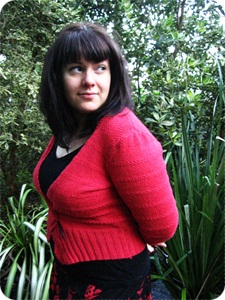It is premature to write my Reading 2011 entry but I did leave a comment on a newspaper site yesterday about one of my favourite reads so far. I miss keeping a literary blog - but then again my old literary blog was never just about books. I wrote about whatever took my fancy and I like to think I still do that. November 30 2011 has been a day of strikes across the UK as a reaction to the Tory-led coalition's "austerity measures". I have been watching the news unfold from my cosy home, but part of me did wish I could have been out there. Some years ago I would have been. It has been interesting to see how most of them media have been shouting that this one day of strikes could push the UK back into recession .. I seem to remember most of the UK got an extra few days off for the sake of a certain royal wedding earlier this year but that was "a celebration", of course. Interesting, also, that this strike comes the day after the Chancellor's "Autumn statement" which I was following with incredulity yesterday. You can read an acerbic and pointed response here.
Moi? Cynical? I think I am turning into a grumpy old woman (I have the grey hairs to prove it). Maybe just realistic rather than grumpy.
And so with a boot firmly planted in the realistic camp, I was delighted to find other people utterly bemused* by the never-ending editorials about The Party Season. I think I had a party season once when I was 20 and as a skint student, I wore secondhand 1970s silver-lamé frocks accessorised with green Doc Martens. And nobody cared that I wore the same 1970s frock to every single drunken student jig. I do not think I live in the same world as the glossies - who does? And who buys** them?
Let me share something amazing and lovely with you: Someone has been leaving small, intricate paper sculptures all over Edinburgh. Who? No one seems to know. It is a woman who proclaims that she is used to "making things" and that she has left these art objects to voice her support for libraries, books, words, and ideas. I absolutely love these objects - I would call them book art rather than artists' books (there is a distinction, I feel) - and I love the quiet making and placing of them. There is something so utterly wonderful about art objects that do not scream but whisper.
Knitting posts to come soon. Tonight I just wanted to write about slightly more .. cerebral things.
*) Sorry about using italics so much **) Actually I use italics way too often.

